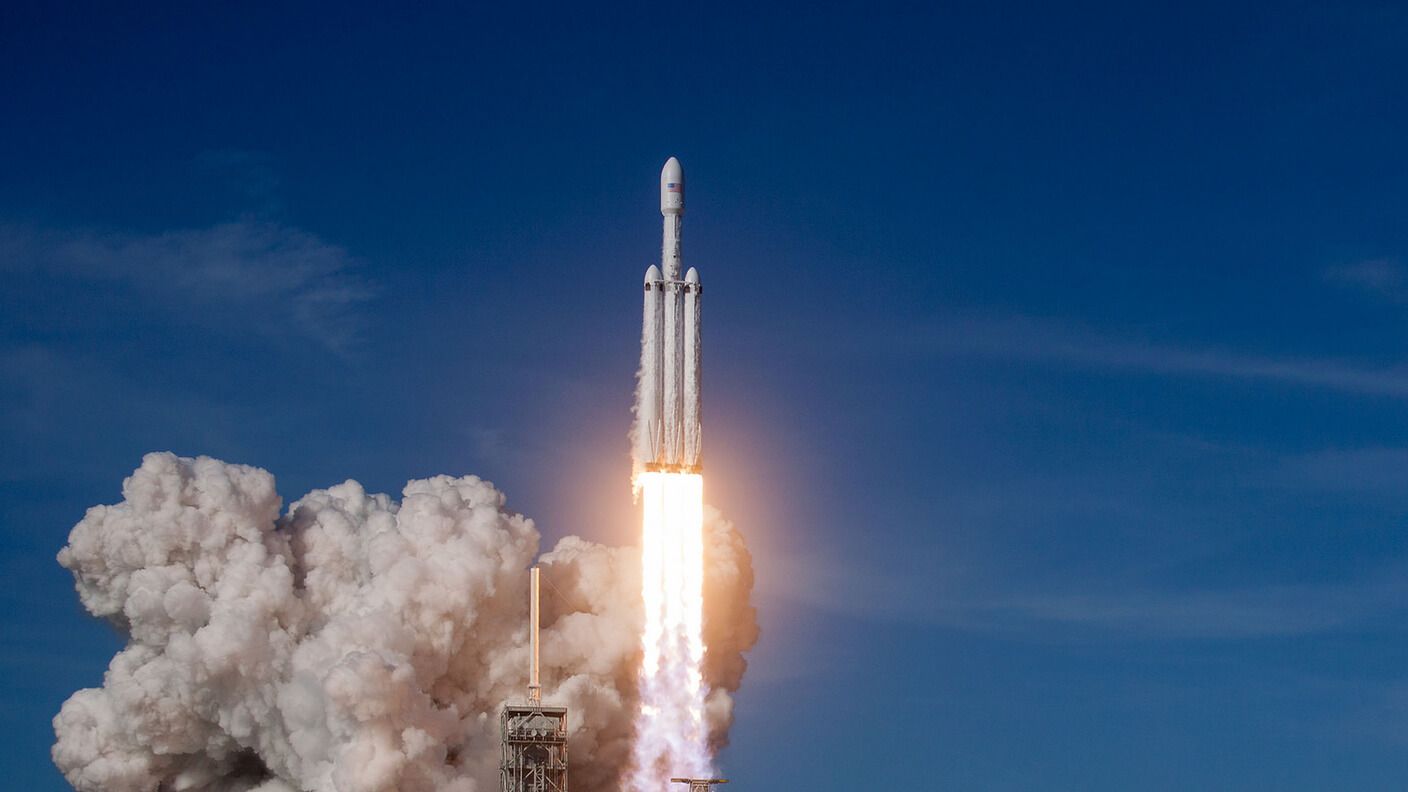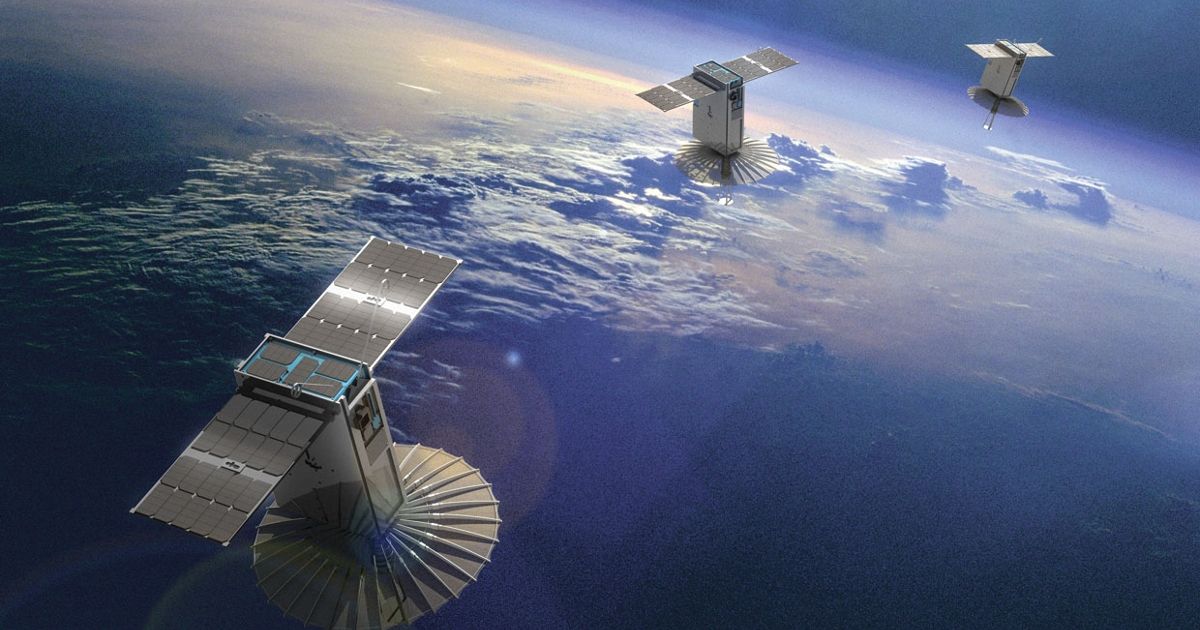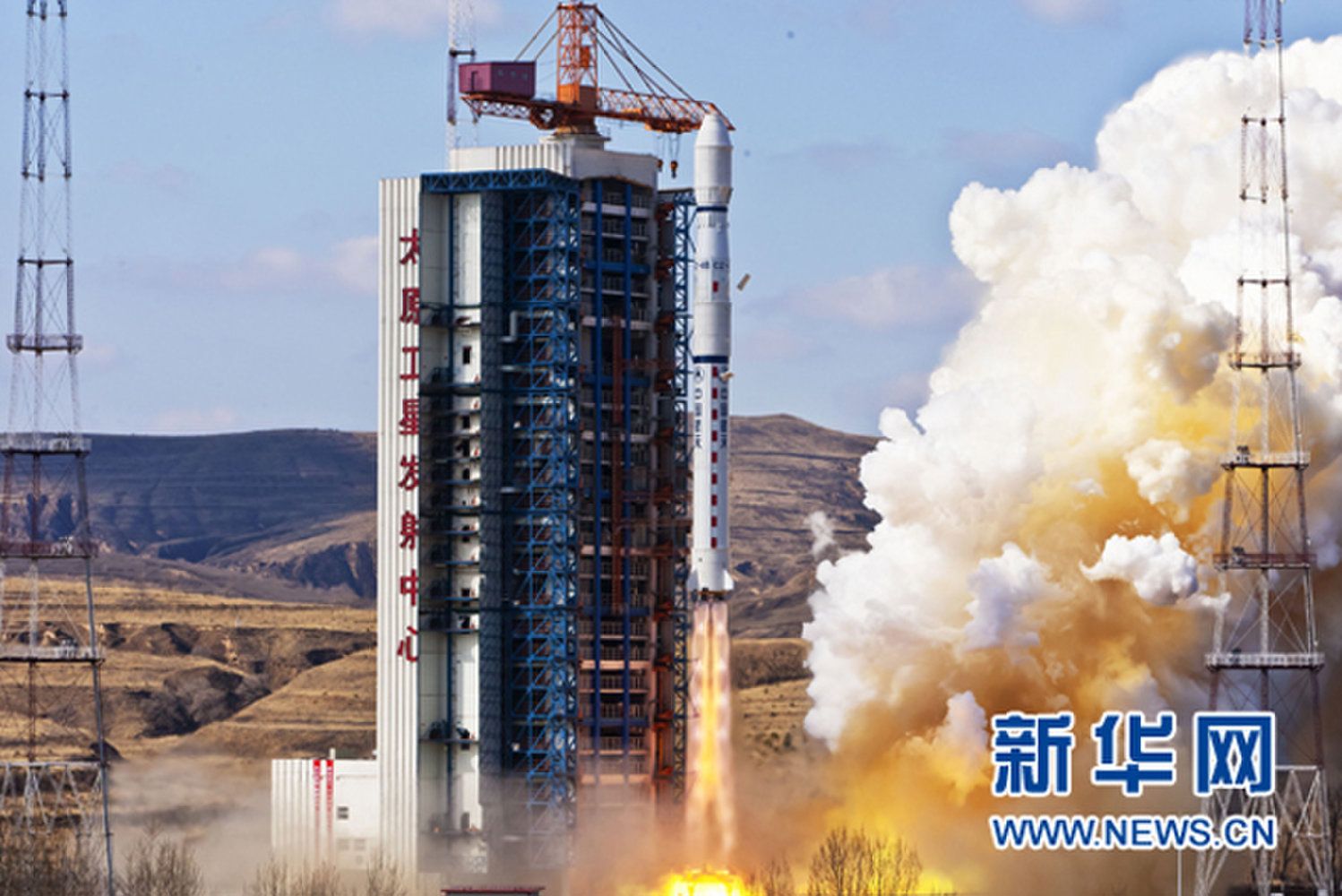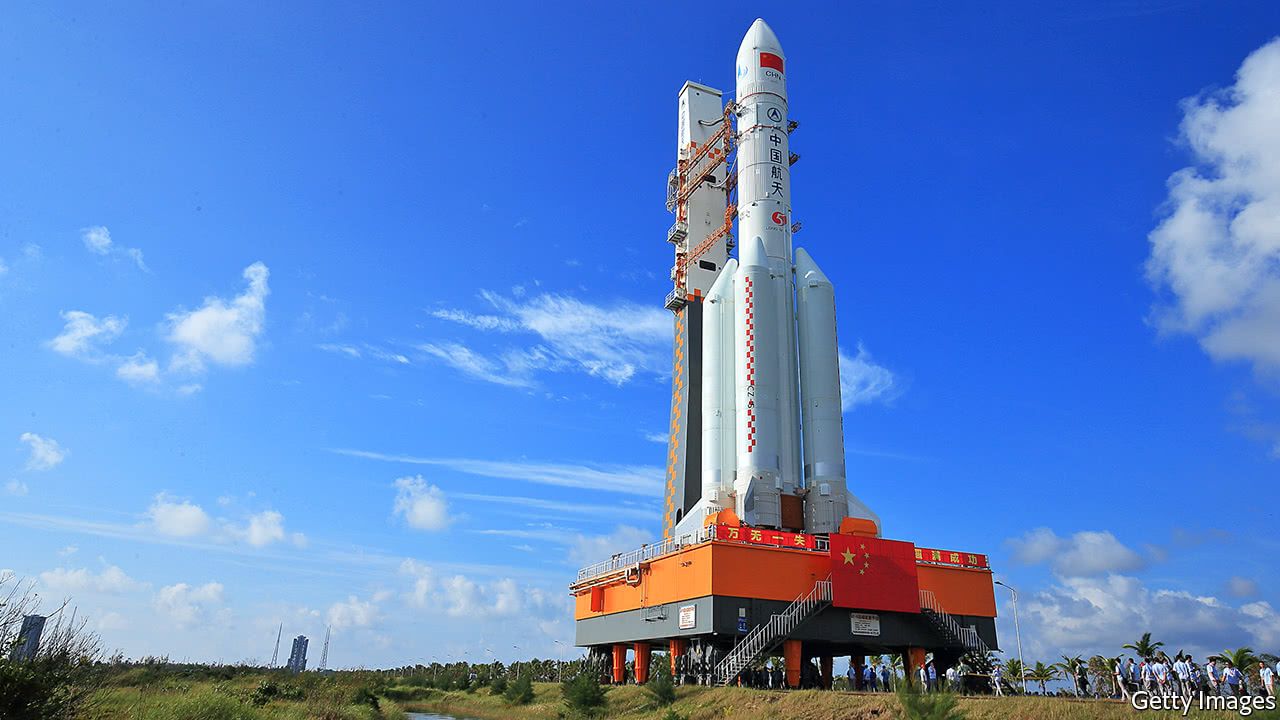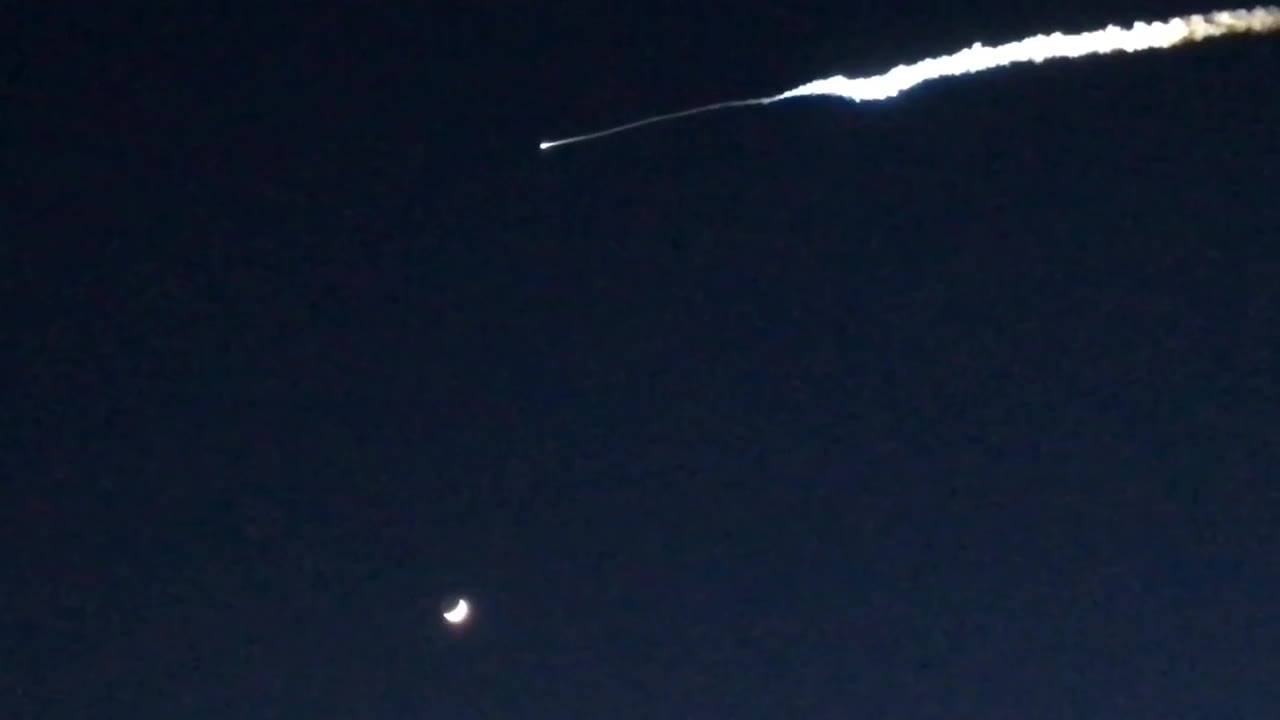Feb 12, 2018
2017 Satellite Executive of the Year: Gwynne Shotwell, President and COO, SpaceX
Posted by Klaus Baldauf in categories: Elon Musk, satellites
It is 09:30 a.m. on her ranch in Texas, and we are talking to the 30th Via Satellite Executive of the Year, Gwynne Shotwell about everything from her history at SpaceX, her relationship with its founder and CEO, Elon Musk — the man she still calls “the boss” — and what it means for her to be the recipient of our award in its 30-year anniversary. Shotwell talks honestly, will answer the tough questions, and you feel like it is a genuine conversation, rather than a series of scripted answers that have gone through an entire communications department before you are allowed to be on the phone.
We know SpaceX is a great company. We know they are the “cool kids” of space right now and, while Elon Musk obviously takes a lot of credit for his vision and bravery to come up with SpaceX, in Shotwell he found the perfect executive to run it like a finely oiled machine. In 2016, SpaceX suffered a huge setback when a high-profile test failure led to the loss of the Spacecom satellite Amos 6, making headlines across the world. It is said we learn more about ourselves when we deal with adversity, and this would be the case with Shotwell and SpaceX. She fronted up, and led the team back from this demoralizing setback to unprecedented heights in 2017. She is one of the most admired and respected executives in our industry, and an inspiration for young women around the world. When it came to selecting our 30th Satellite Executive of the Year, there was really only one choice this time around, SpaceX President and COO, Gwynne Shotwell is our Satellite Executive of the Year 2017.

